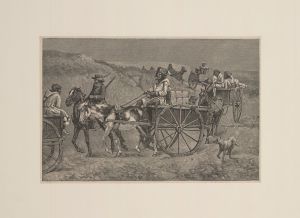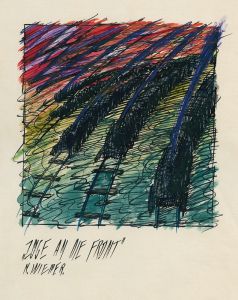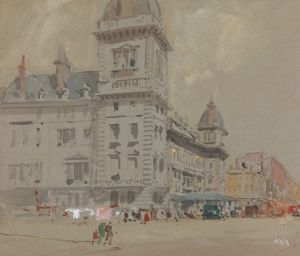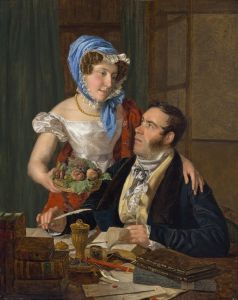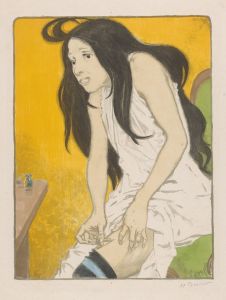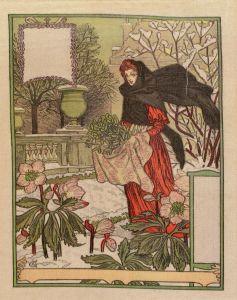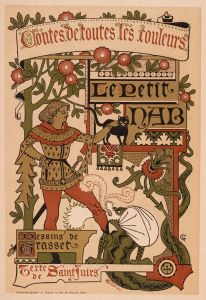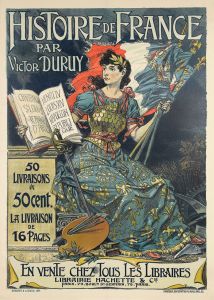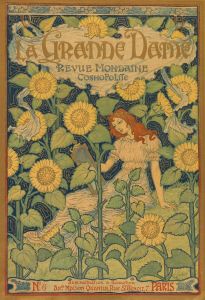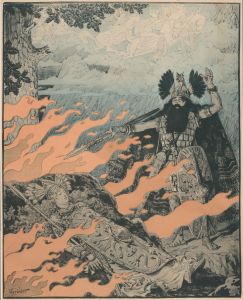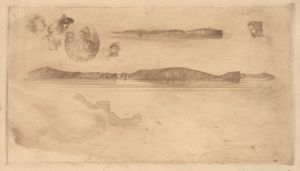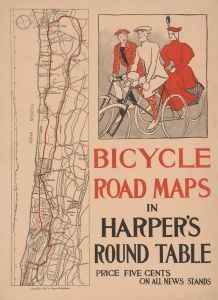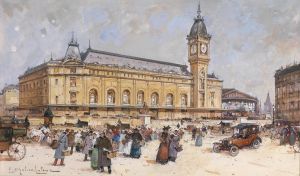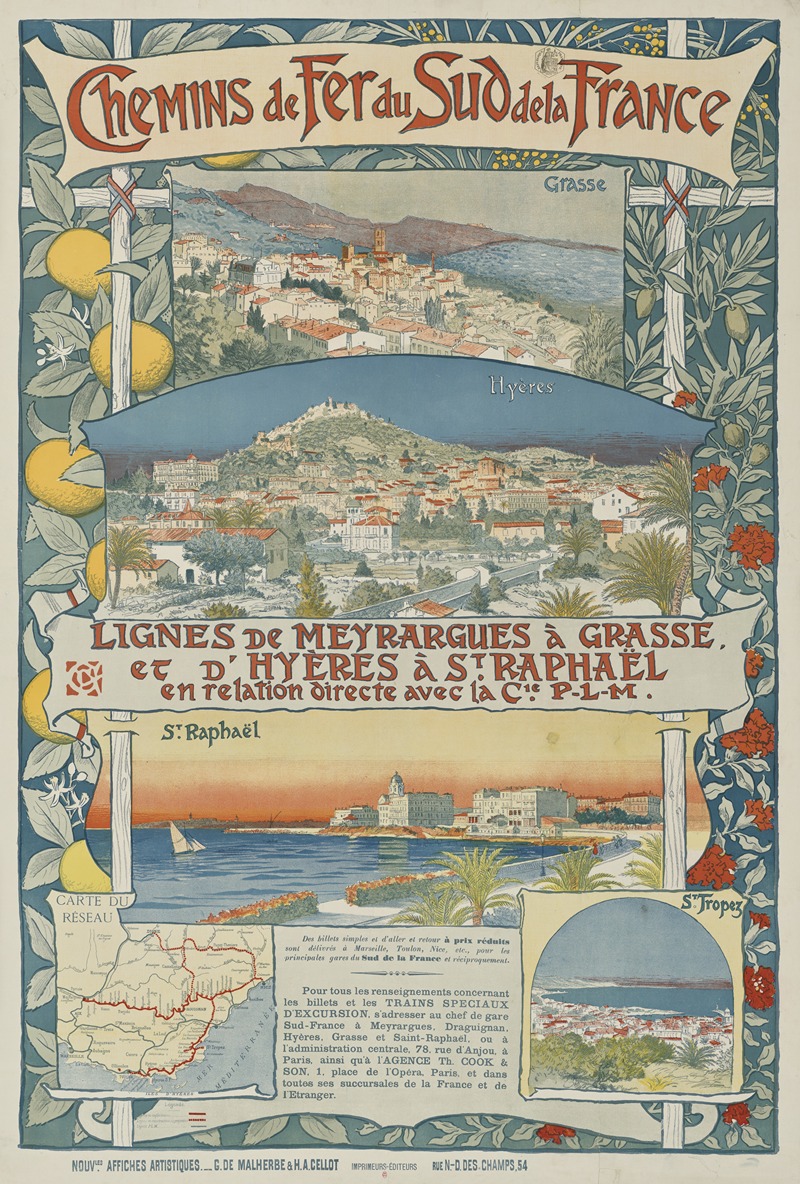
Chemins de fer du Sud de la France… Lignes de Meyrargues à Grasse
A hand-painted replica of Eugène Grasset’s masterpiece Chemins de fer du Sud de la France… Lignes de Meyrargues à Grasse, meticulously crafted by professional artists to capture the true essence of the original. Each piece is created with museum-quality canvas and rare mineral pigments, carefully painted by experienced artists with delicate brushstrokes and rich, layered colors to perfectly recreate the texture of the original artwork. Unlike machine-printed reproductions, this hand-painted version brings the painting to life, infused with the artist’s emotions and skill in every stroke. Whether for personal collection or home decoration, it instantly elevates the artistic atmosphere of any space.
"Chemins de fer du Sud de la France… Lignes de Meyrargues à Grasse" is a notable artwork created by the Swiss-born French artist Eugène Grasset. Grasset, who was born on May 25, 1845, and died on October 23, 1917, was a prominent figure in the Art Nouveau movement. He was known for his work in various mediums, including painting, illustration, and graphic design.
This particular piece, "Chemins de fer du Sud de la France… Lignes de Meyrargues à Grasse," is a poster that was designed to promote the railway lines from Meyrargues to Grasse in the south of France. The artwork is a fine example of Grasset's style, which often featured intricate designs and a harmonious blend of colors.
The poster was created in the late 19th or early 20th century, a period when railway travel was becoming increasingly popular in Europe. The development of railway lines was a significant factor in the economic and social transformation of the region, making travel more accessible and promoting tourism. Grasset's poster played a role in this transformation by advertising the scenic and convenient travel options available through the railway network.
In the poster, Grasset employs his characteristic use of flowing lines and detailed patterns. The design likely includes elements that highlight the natural beauty and cultural landmarks of the regions connected by the railway. While specific details of the imagery used in this poster are not widely documented, Grasset's other works often feature stylized representations of nature, such as flowers, trees, and landscapes, as well as figures in contemporary attire.
Grasset's contribution to the field of graphic design, particularly in the realm of posters, was significant. His work helped to elevate the status of the poster as an art form, moving it beyond mere commercial advertisement to a respected medium of artistic expression. His influence can be seen in the works of other Art Nouveau artists and designers who followed him.
The "Chemins de fer du Sud de la France… Lignes de Meyrargues à Grasse" poster is an example of how art and commerce intersected during the Art Nouveau period. It reflects the era's fascination with modernity and progress, as well as a deep appreciation for the beauty of the natural world. Grasset's ability to merge these themes into a cohesive and visually appealing design is a testament to his skill and vision as an artist.
Today, Eugène Grasset's works, including this railway poster, are appreciated not only for their aesthetic qualities but also for their historical significance. They offer a glimpse into a time when the expansion of the railway network was a symbol of technological advancement and cultural exchange. Grasset's posters remain valuable pieces of art history, celebrated for their beauty and their role in the promotion of early 20th-century travel and tourism.





